With a population density of just 4 people per km2, Canada is the 228th most densely populated country in the world. That’s not very high, is it? This is due to the fact that the majority of Canada is uninhabited. Conversely, Toronto is the 4th most populated city in North America with a population density of 2,930 people per km2, housing over 6 million of Canada’s 37 million residents.
Where Canadians live is important to us, for many reasons, so we decided to examine the long distance moves taken in 2019 within Canada to figure out where exactly Canadians are moving to and from within the country. To put together our complete study, we gathered data from over 1300 moves and analyzed which cities and provinces saw the biggest (and smallest) amount of inbound and outbound relocations. Read on to find out which 5 cities which are seeing the most Canadians leave.
1. Winnipeg, Manitoba
12.3% of all outbound moves within the country
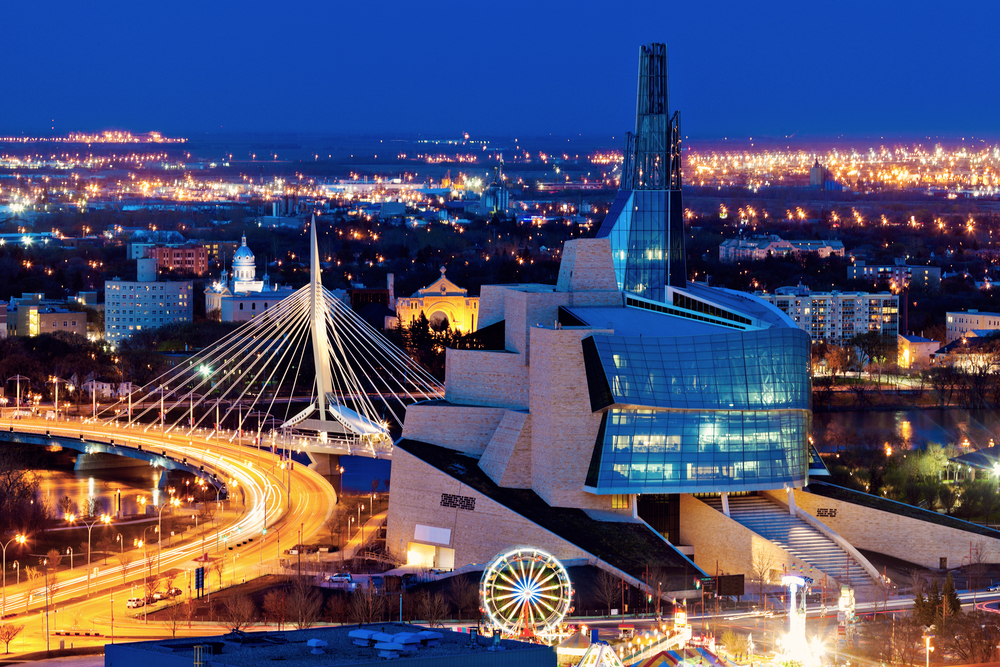
Located where the Red and Assiniboine Rivers conjoin, Winnipeg is not only the capital city of Manitoba but also the largest. As of 2016, Winnipeg also became the 7th largest city in Canada. Nicknamed “Gateway to the West,” Winnipeg is a transportation hub with a strong and diverse economy. Trade, manufacturing, education, and healthcare and social assistance comprise the majority of Winnipeg’s employment. The Royal Canadian Mint, which produces all coinage in Canada, is also based in the city.
Population: 762,700
Estimated median household income: $70,795 (2016)
Average housing costs: $270,700
Average rent: $993 (2018)
Median resident age: 39
Unemployment rate: 5%
2. Vancouver, British Columbia
10.3% of all outbound moves within the country
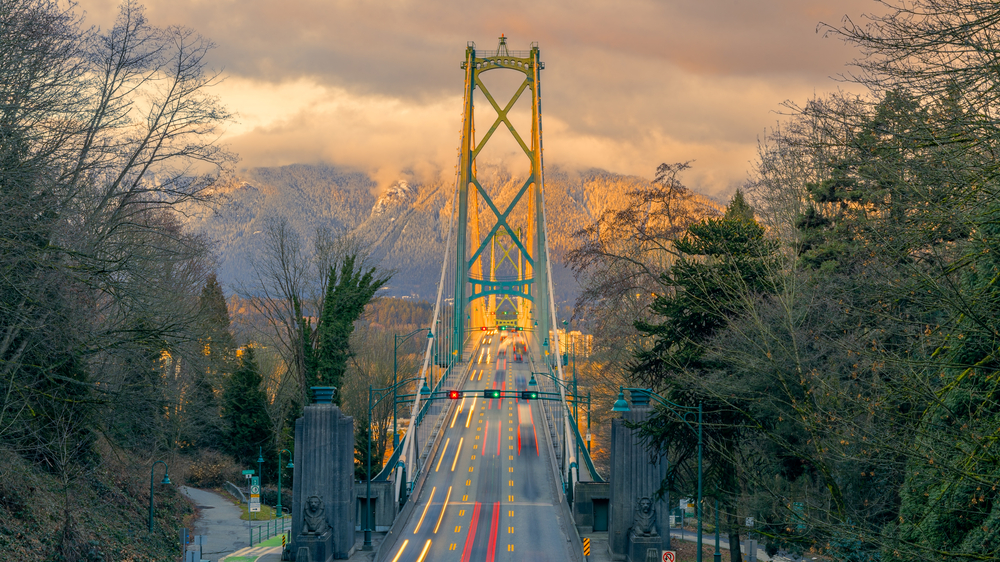
Though Vancouver received 6.7% of all inbound moves within the country, it also saw 10.3% of its residents leave.
Vancouver is, without a doubt, the center hub for British Columbia’s industrial, financial, and commercial economy, driven largely in part by several key sectors: transportation, construction, technology, digital entertainment, and most recently the green economy. The Conference Board in Canada even named Vancouver the most diverse economy in the whole country in 2018. And while the city does have the 2nd lowest unemployment rate in the country, the high cost of living could be partly responsible for the outbound moves.
Population: 634,750 (2019)
Estimated median household income: $71,631 (2019)
Average housing costs: $1.3M (2020)
Average rent: $1500 (2019)
Median resident age: 39 (2019)
Unemployment rate: 4.7%
3. Toronto, Ontario
9.5% of all outbound moves within the country
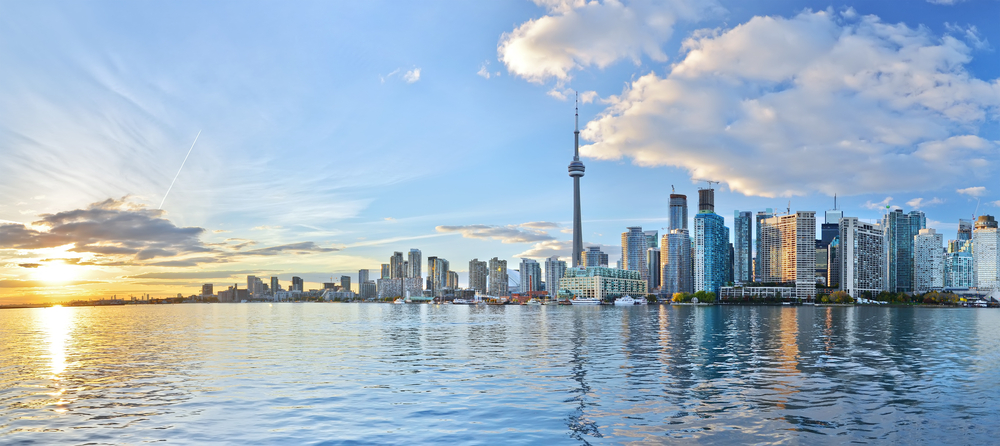
While Toronto saw the highest amount of inbound moves within Canada (9.3%), the city also known as “Hollywood North” saw 9.5% of its residents leave.
The equal in/out still makes Toronto the 4th most populous city in North America, just behind Los Angeles, New York City, and Mexico City. The provincial capital of Canada, Toronto has a solid economy and booming business sector. And though the cost of living in Toronto can seem intimidating, the financial return is there. The city is even dubbed Canada’s business and financial capital, employing over 220,000 people in the financial sector alone. Not only are the largest international research, technological, and pharmaceutical companies headquartered there, but it is also a go-to locale for entrepreneurs, startups, and small business owners to come grow their business.
Population: 6,197,000
Estimated median household income: $107,000 (2019)
Average housing costs: $977,503 (current)
Average rent: $1145 (2020)
Median resident age: 39
Unemployment rate: 5.2%
4. Edmonton, Alberta
5.6% of all outbound moves within the country
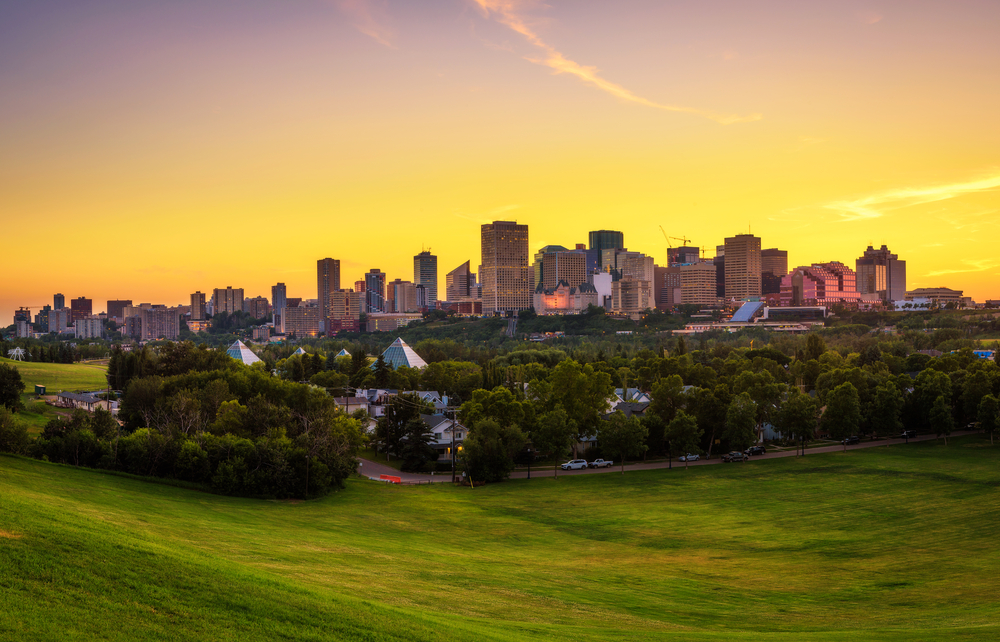
Like Toronto, Edmonton saw a similar percentage of inbound/outbound moves. The capital city of Alberta, offers a strong economy with governments, universities, and hospitals being the city’s largest source of employment. Additionally, the hinterland is a hub to a large part of the province of Alberta’s oil and gas manufacturing. Edmonton boasts safe, historic neighborhoods and stunning natural landscape along with great cultural and tourist attractions. The city hosts a variety of fun and cultural festivals, earning its nickname of “Canada’s Festival City.” It’s even home to the largest mall in North America (West Edmonton Mall), and Canada’s largest living history museum (Fort Edmonton Park).
Population: 972,223 (2019)
Estimated median household income: $93,600 (2017)
Average housing costs: $343,951 (current)
Average rent: $1,198 (2019)
Median resident age: 32 years (2016)
Unemployment rate: 8.2% (2020)
5. Ottawa, Ontario
5.3% of all outbound moves within the country
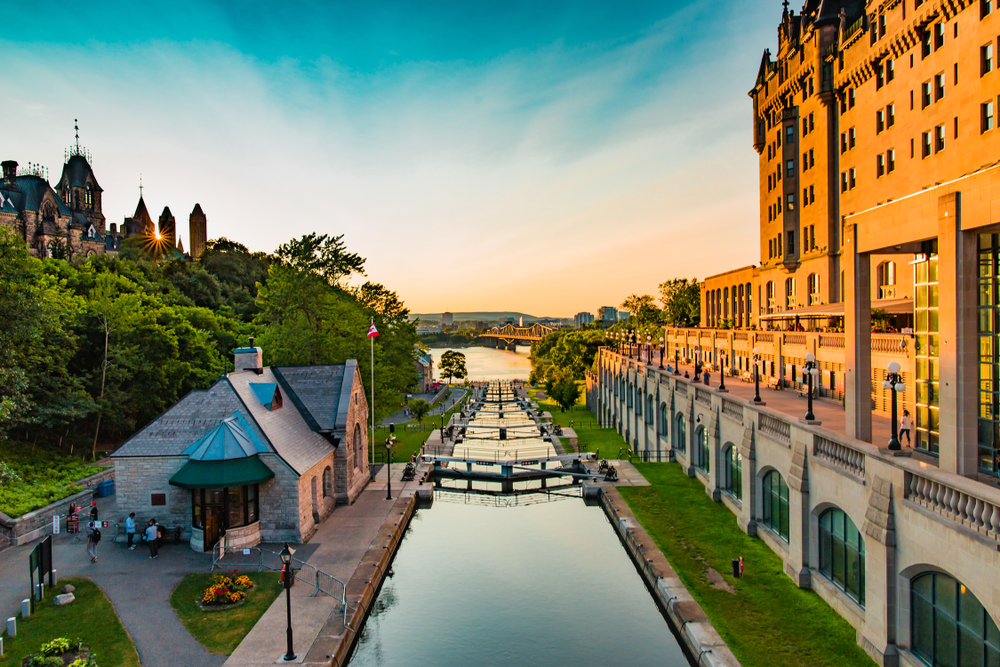
Government has always been the main source of employment here in Canada’s capital city, and in the late 20th century, the city felt a significant growth in the technology sector, further energizing Ottawa’s economy and population.
As Canada’s capital city, Ottawa has hosted a number of historically and culturally significant events, including the first visit of King George VI and Queen Elizabeth, and the first raising of the country’s new national flag.
The city of Ottawa is regularly voted as one of the country’s safest cities. It also has a thriving food, arts, cultural and labor market. The economy centers on the two major sectors of technology and the federal government, as they account for 37% of Ottawa’s total gross domestic product. And for such a large city, residents and tourists alike love the small town feel of the city. The cost of living is also much less than many of the larger cities around the globe, making it desirable for many.
Population: 1,393,000
Estimated median household income: $102,000 (2016)
Average housing costs: $394,000 (2016)
Average rent: $1,102 (current)
Median resident age: 40 years
Unemployment rate: 6.3% (2016)







